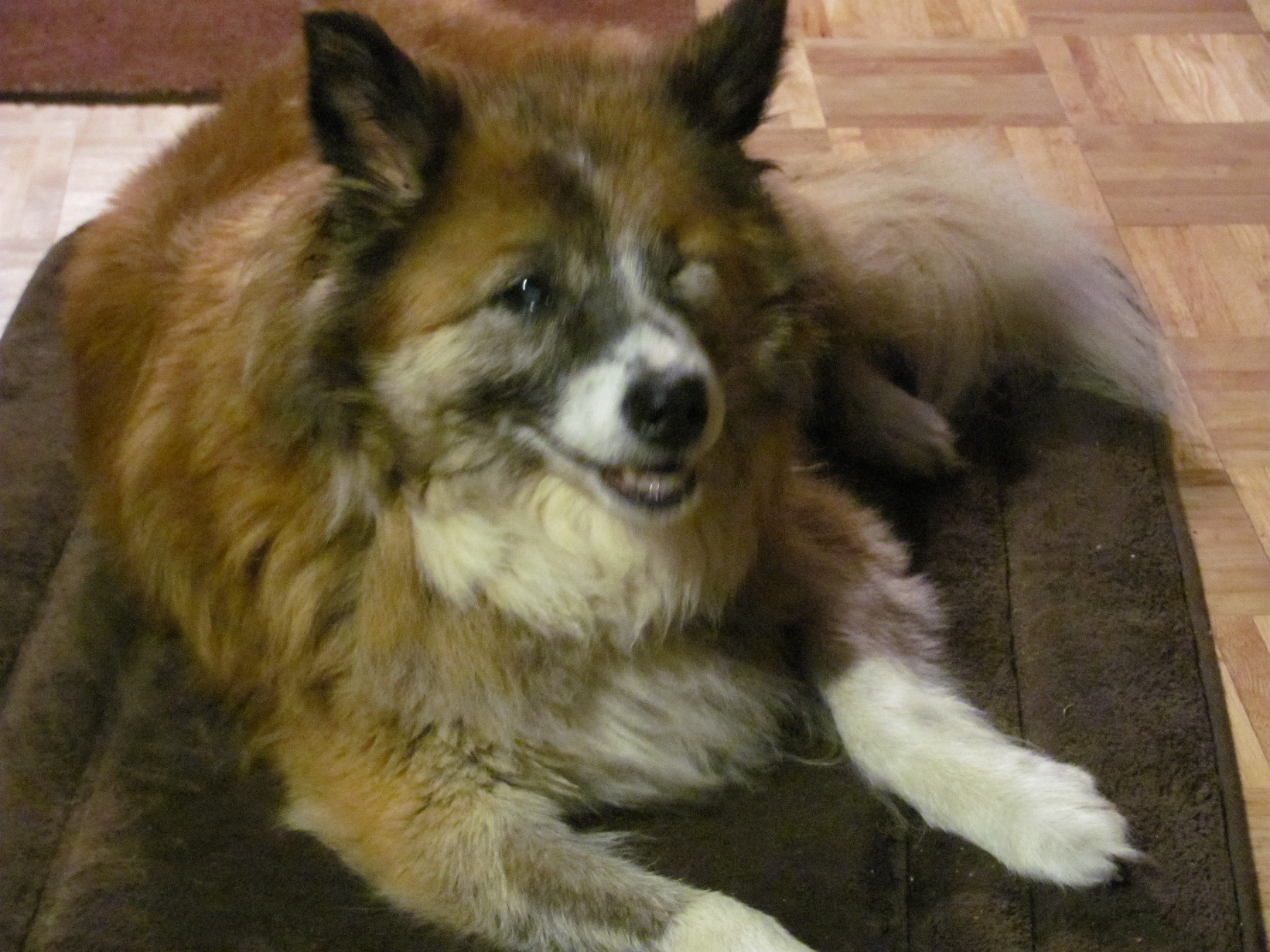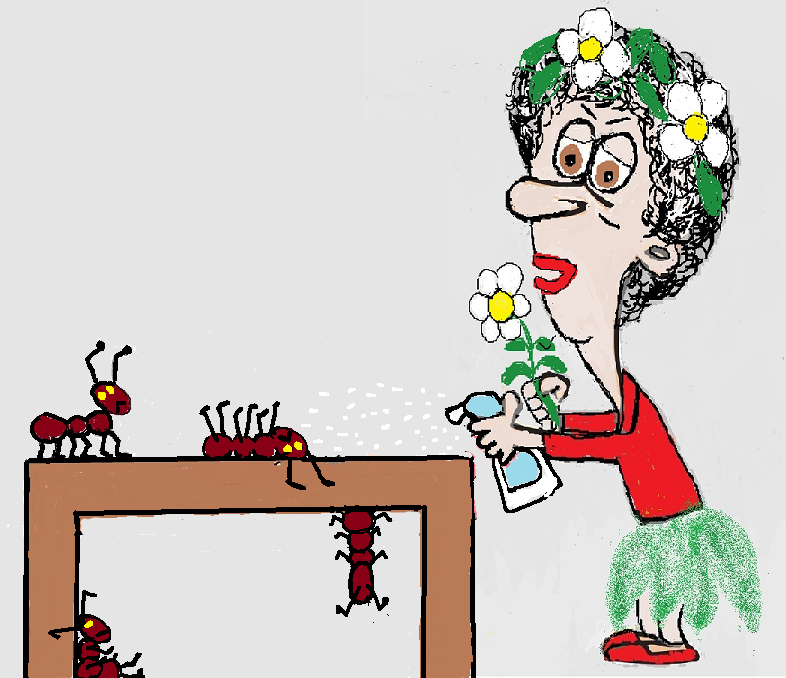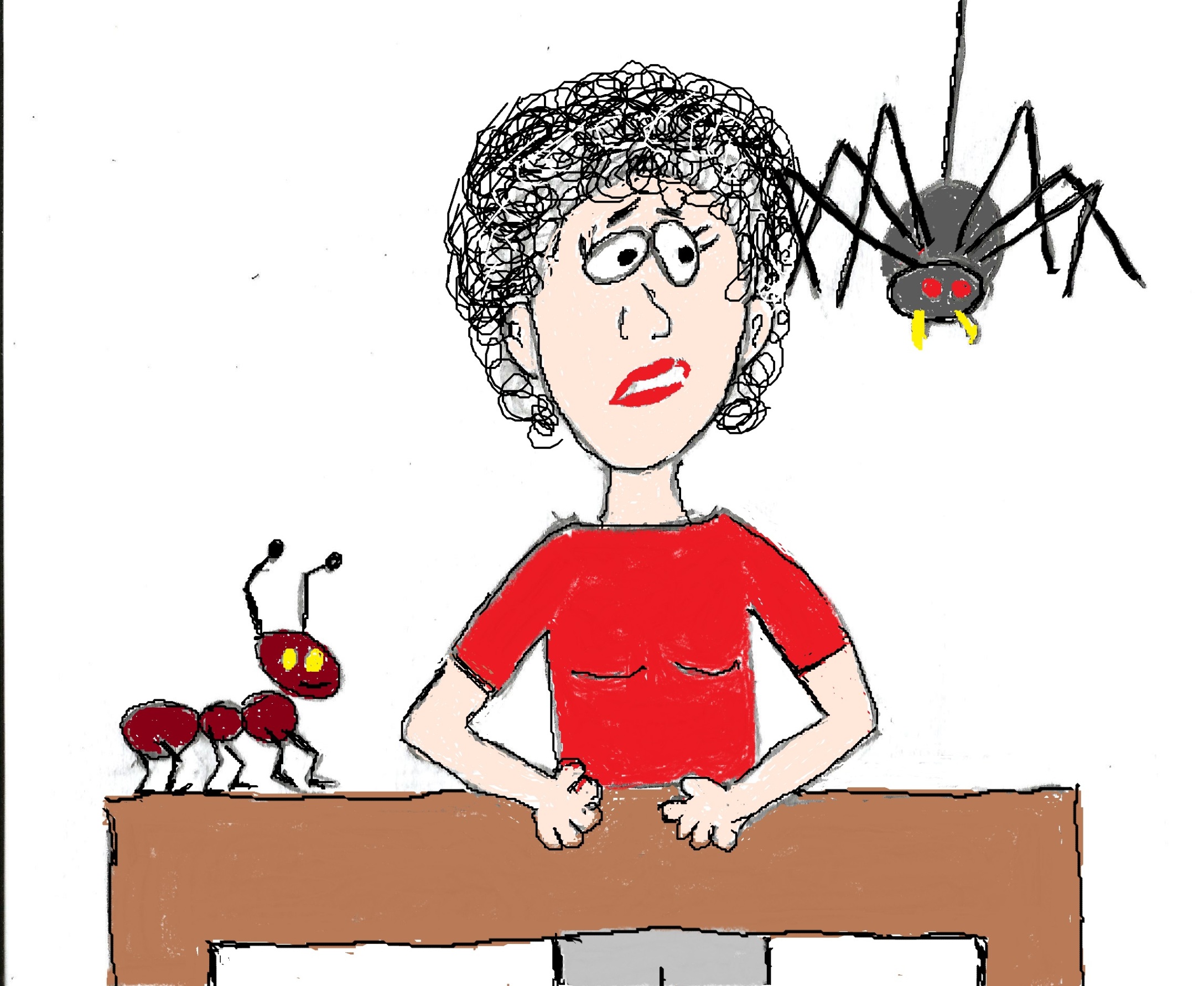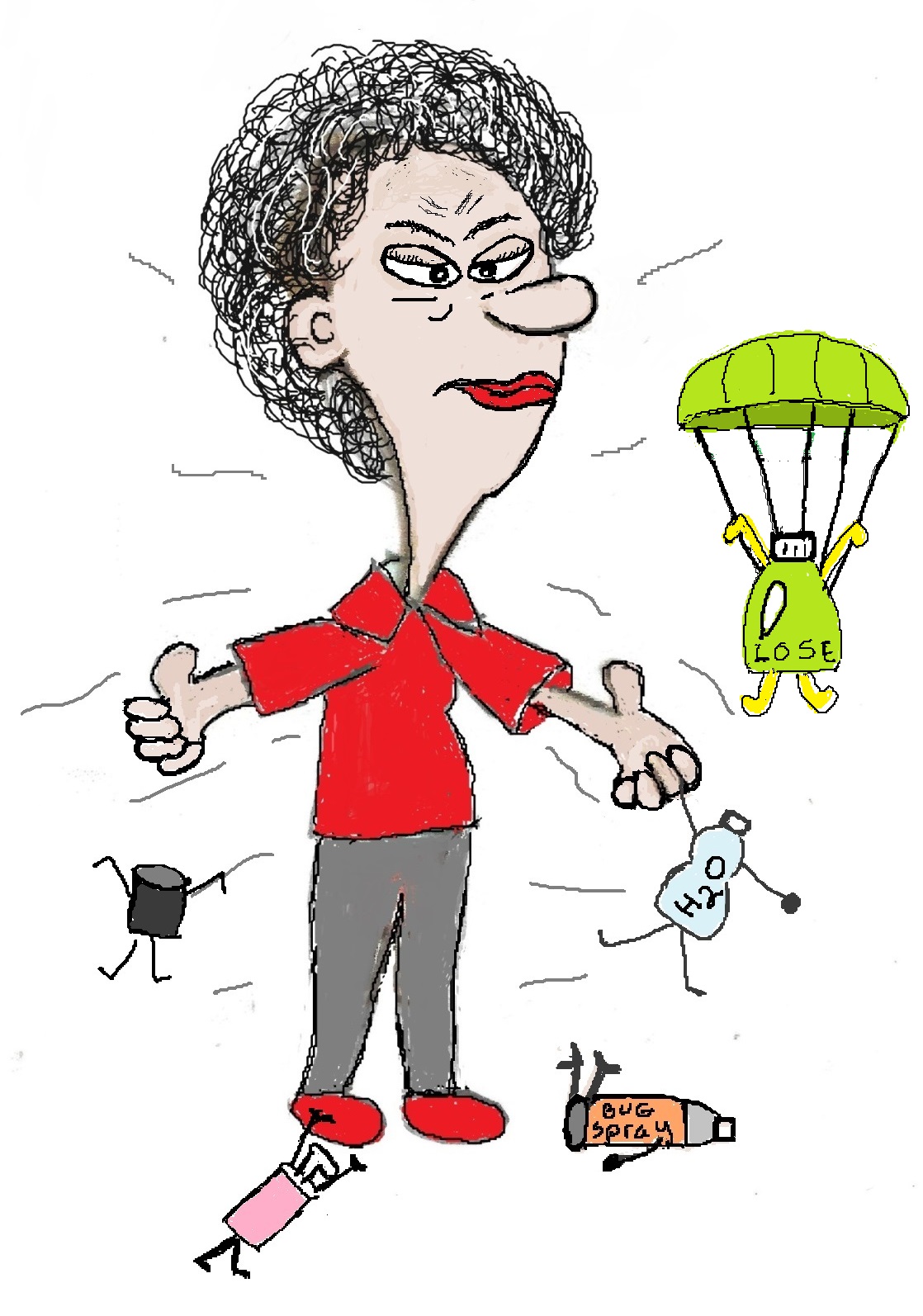- Home
- Non (Less) Toxic Living
- Non Toxic Flea Control
Non Toxic Flea Control
Flea season. It can be a challenging time for us pet owners. Are you looking for some non toxic ways to control fleas? There are many options available. But I’m not going to lie to you. Natural flea control takes time and dedication. But if you consider what’s in flea insecticides and all the ways flea insecticides can affect your health and your pet’s health, you’ll find it worth the effort.
What’s in Flea Insecticides?
Pyrethroid insecticides are the primary ingredient in flea control products for home use. They are synthetic versions of pyrethrins, natural insecticides from chrysanthemum flowers. There are many types of pyrethroids including cypermethrin, deltamethrin, esfenvalerate, fenpropathrin, and permethrin.
Cypermethrin and deltamethrin are the most common insecticides in flea bombs, while permethrin can be found in topical flea and tick products for dogs. While pyrethroids are neurotoxins, they are considered safer than the organophosphate and organochlorine insecticides that they replaced. Humans and many other mammals can break down and excrete these insecticides within 48 hours of exposure. However, that doesn’t mean there are not any health risks associated with their use.
8 Reasons to Try Non Toxic Flea Control
- Recent animal studies have found that
cypermethrin readily enters the brain and alters dopamine levels and may be
indicated in Parkinson’s Disease.
- A 2012 study on cypermethrin found “even
low-dose administration of this pesticide… has negative consequential effects
on cell function and metabolism.”
- Permethrin, cypermethrin and deltamethrin cause
DNA damage in humans.
- Permethrin and cypermethrin are endocrine
disrupters.
- Flea bombs leave insecticide residue in the home
weeks after it was used. Highest levels are near the floor- putting pets and
children at risk.
-
The inactive ingredients that are not listed on
your package of flea insecticide may also be toxic.
-
The majority of your pesticide exposure comes
from residues on food and home pesticide use.
- Insects have very short life cycles. This means they quickly adapt, evolve and become immune to the chemicals we use on them.
Natural Flea Control is a Process

When I adopted my dog Molly she came with fleas. And not just any fleas. They were Super Fleas. Big, nasty, very hard to get rid of, and they quickly spread throughout the house. So I invested some time into researching and trying non toxic methods and these are the steps I found to be most effective.
1. Vacuum every day. Yes, the entire house every day. I warned you it would take persistence.
2. Sprinkle a thin coating of food grade diatomaceous earth in problem areas and on carpets. These microscopic shards of diatoms cut through insect’s outer covering, causing them to dry out and die. (Although non toxic, it’s a good idea to wear a simple painter’s mask while doing this). Leave in place for 24 hours and then vacuum. I also sprinkled this on Molly every couple of days.
3. In areas that are dark at night use electric sticky traps like Victor Sticky Flea Traps. The light will draw fleas to the traps. You can also make your own by putting a desk lamp on the floor with the light shining over a shallow dish full of soapy water.
4. While I made great progress using the first 3 methods, it wasn’t until I discovered a cedar oil based spray called Wondercide – it’s also a tick repellent – that I licked my flea problem. For the first couple of days I sprayed this natural pesticide everywhere once a day, including Molly. Then I did a daily maintenance spray on pet bedding and under furniture where vacuums can’t go for about a week.
Using non toxic flea control methods is not as easy as setting off flea bombs and putting insecticides on your pets. But your efforts will be rewarded by protecting you and your pet’s health. Plus, you won’t be creating new generations of super fleas that require more and stronger chemicals to kill.







